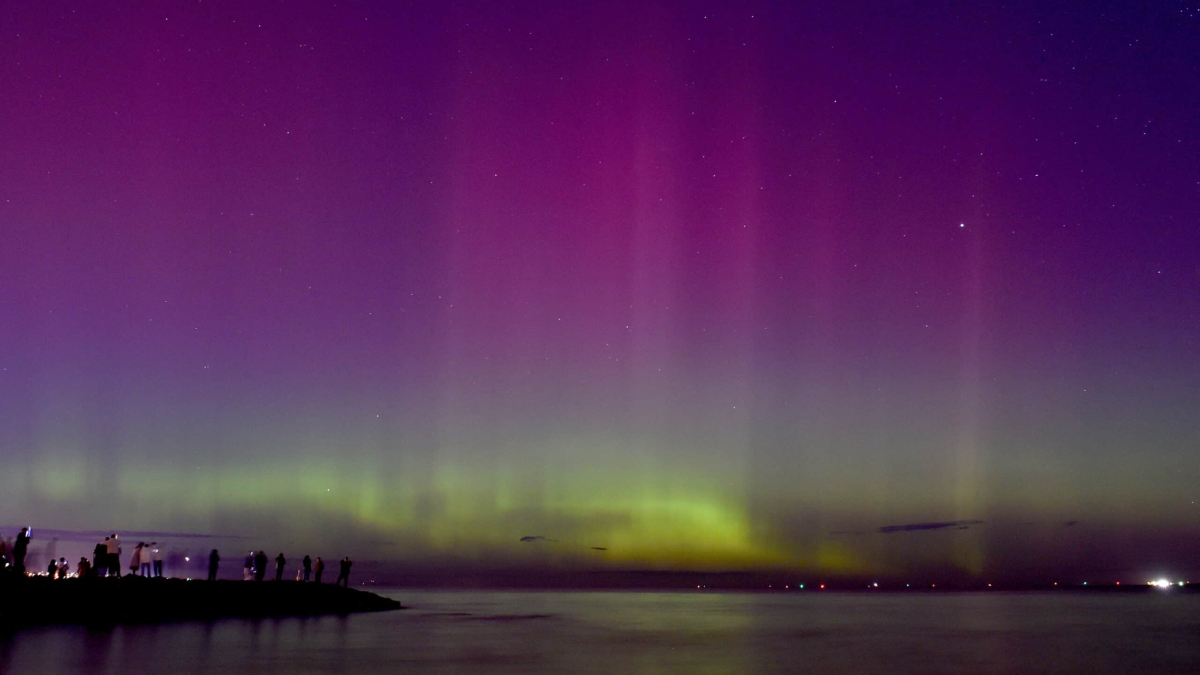An intense solar storm struck Earth on Monday, with the potential to bring the northern lights further south than usual, according to the US National Oceanic and Atmospheric Administration (NOAA). The storm reached a level-four on a five-point geomagnetic scale, beginning at 1500 GMT, and is expected to persist for several hours.
NOAA warned that the severe storm could make the aurora visible as far south as Alabama and northern California in the United States. The storm is a result of coronal mass ejections (CMEs) from the Sun, which disturb Earth’s magnetic field upon arrival.
Eric Lagadec, an astrophysicist from France, mentioned in an AFP report that there are currently many auroras and hinted at the possibility of seeing them at nightfall.
However, these solar storms can have negative impacts, including degrading high-frequency communications, disrupting satellites, and overloading electricity grids. Sensitive infrastructure operators have been alerted to implement measures to mitigate these effects.
This event follows a particularly strong geomagnetic storm in May, which caused auroras to appear at much lower latitudes than usual, in regions such as the United States, Europe, and Australia. This increase in solar activity is part of the Sun’s current 11-year cycle, approaching its peak.





